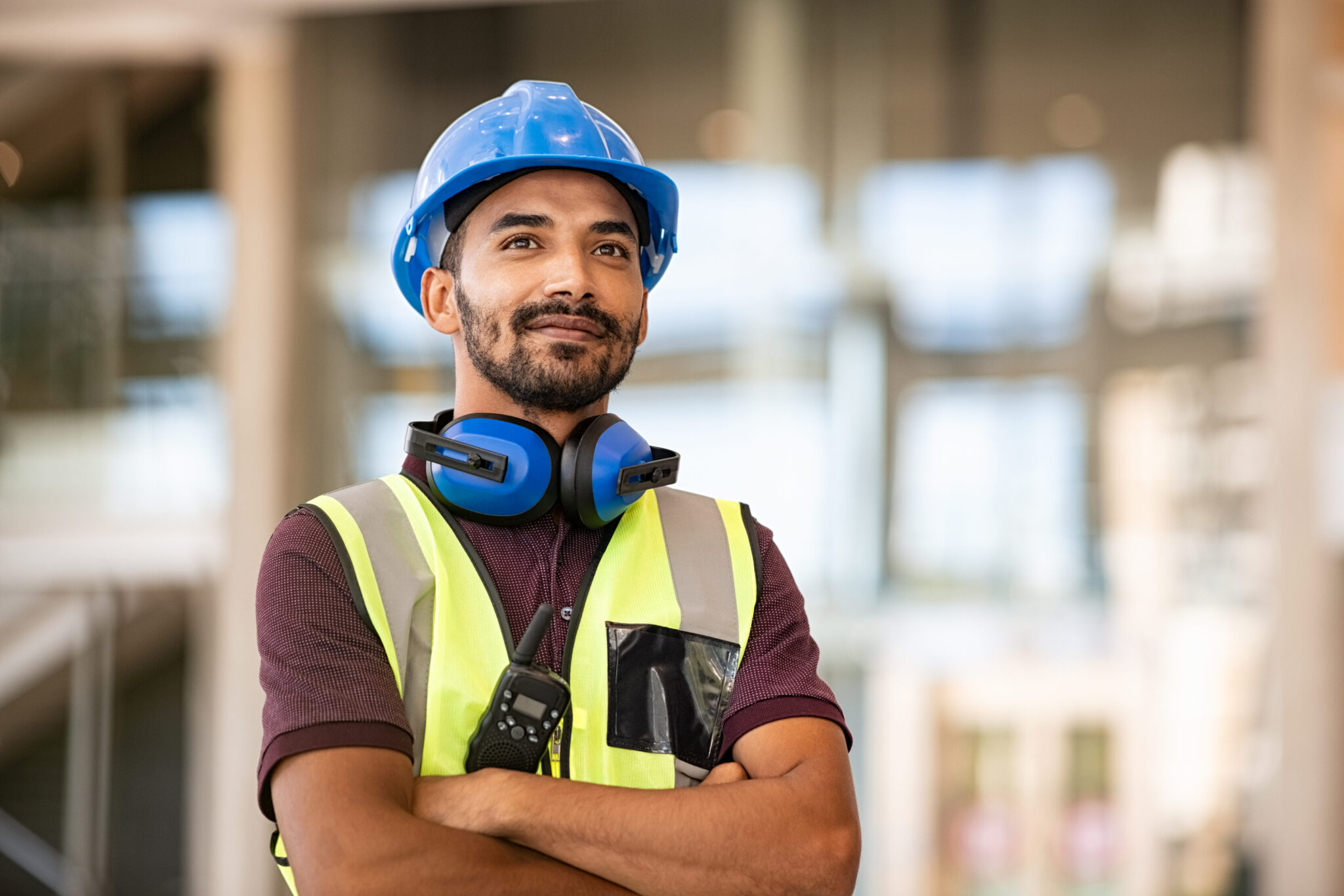Every year over 165,000 non-fatal workplace injuries occur in the construction industry. This leads to a drain on resources, reduces employee labor, and can lead to fines and other Penalties.
According to the Occupational Safety and Health Administration (OSHA), the most frequently cited violation on construction sites in 2021 was a lack of fall protection. A safety harness keeps employees safe and can improve their work quality by keeping their hands free while working. Proper training and fall protection equipment is essential to a secure workplace.
Hard Hats
Falling objects are a common danger in construction. Additionally, striking one’s head on a fixed object is a frequent hazard. Head protection in the form of a hard hat or helmet can protect those on a job site. Head protection should be inspected before use, fit properly, and be worn according to the manufacturer’s recommendations.
Eye Protection
Debris, dust, chemicals, and particles are all standard on job sites. Proper eye protection should be worn to reduce the risk of injury. Whether safety glasses or goggles are provided, employers should ensure that they meet OSHA standards. Don’t forget oversized protection for those that wear prescription lenses.
Masks/Shields/Respirators
Beyond eye protection, certain trades are exposed to aerosol, splatter, and droplet contamination and should use proper respiratory masks. Depending on the hazards and particles present at your workplace, air-purifying and atmosphere-supplying respirators should also be provided.
Hearing protection
Foam ear plugs, molded ear plugs, or earmuffs should be worn when equipment causing high noise levels are in use. Be sure that hearing protection doesn’t interfere with other PPE.
Safety Footwear
Job sites can pose risks to your feet as well. OSHA requires closed-toed shoes or boots in many construction environments. Footwear must be adequately maintained and replaced when worn out. While the employer or general contractor might not be required to provide footwear, inspection to ensure everyone on the job site is properly protected is necessary.
Regarding footwear, slip-resistant shoes with thick rubber soles have been shown to reduce restaurant injuries significantly. Both back-of-house chefs, cooks, dishwashers, and front-of-house servers entering the kitchen should wear non-slip shoes to prevent falls that are likely to happen in commercial kitchens.
Personal protective equipment is essential to keeping employees, subcontractors, and others on the job site out of harm’s way. Employers are responsible for providing PPE to employees, and employees are responsible for wearing it. Keep your job site free from danger and avoid costly losses, violations, and fines by following OSHA guidelines.